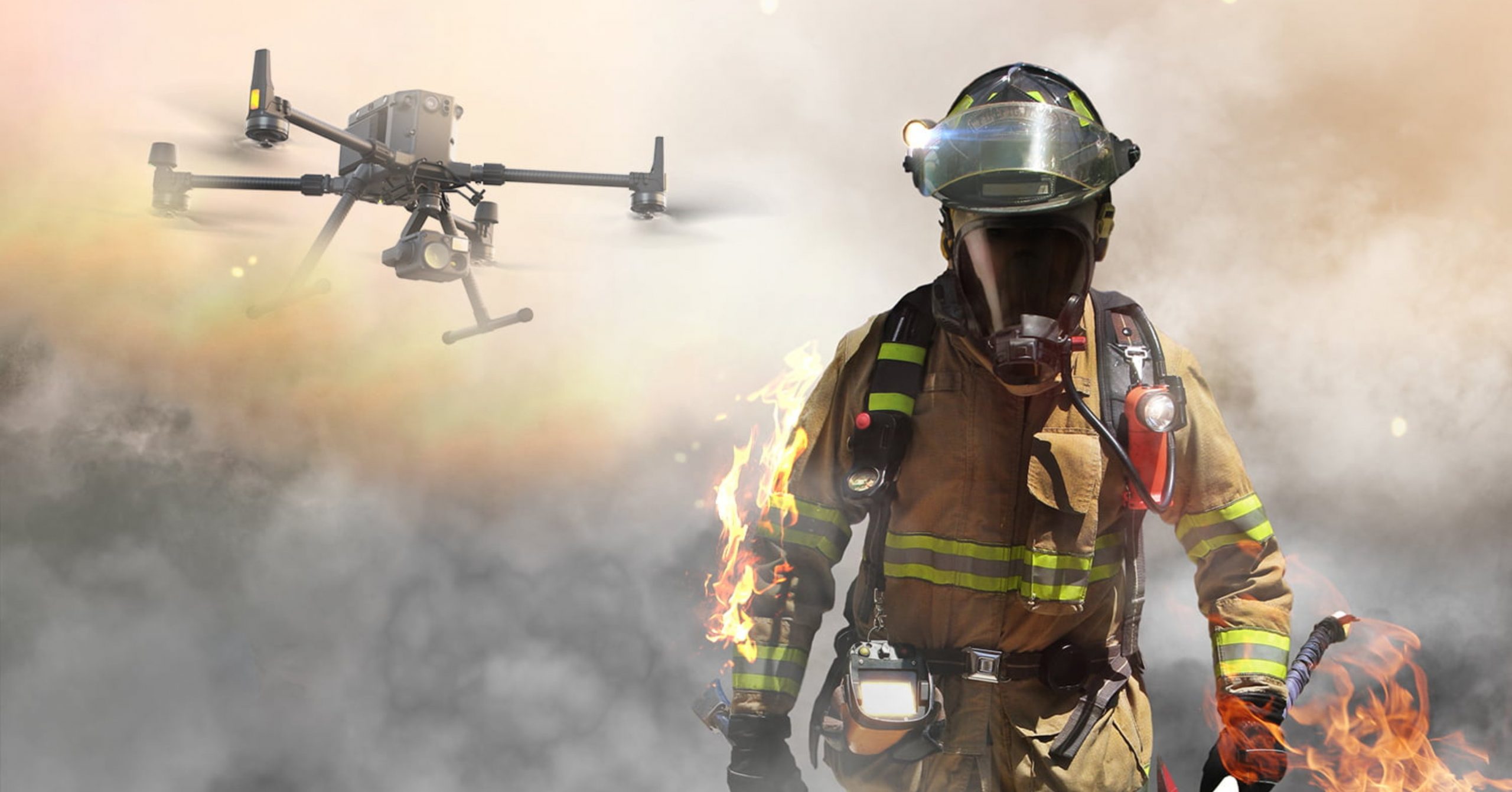 Firefighting drones are transforming emergency response operations by offering rapid deployment, real-time data collection, and enhanced situational awareness. They improve the safety and effectiveness of firefighting teams by assessing hazardous environments, identifying heat sources, and providing critical information before human intervention is required. However, the capabilities of these drones hinge on one critical factor: their battery power.
Firefighting drones are transforming emergency response operations by offering rapid deployment, real-time data collection, and enhanced situational awareness. They improve the safety and effectiveness of firefighting teams by assessing hazardous environments, identifying heat sources, and providing critical information before human intervention is required. However, the capabilities of these drones hinge on one critical factor: their battery power.
Role of Firefighting Drones
Firefighting drones are equipped with specialized tools like thermal imaging cameras, water sprayers, and chemical fire suppressants. These allow them to enter dangerous or hard-to-reach areas, such as tall buildings or wildfire zones, where human firefighters may face significant risks. The drones deliver:
- Real-Time Data: They capture real-time footage, allowing commanders to make informed decisions quickly.
- Improved Safety: Drones assess fire situations from above, eliminating the need for firefighters to directly engage in dangerous environments without proper information.
- Operational Efficiency: Drones can identify hotspots, assess structural damage, and monitor fire spread, improving response times.
Importance of Drone Batteries in Firefighting
The success of firefighting drones relies heavily on their battery capabilities, which directly impact flight time, payload capacity, and operational efficiency. In firefighting, drones must:
- Operate in Extreme Conditions: Firefighting drones often work in harsh environments, including high temperatures, smoky conditions, and intense wind. These factors place a heavy demand on the drone’s power supply.
- High Payload Tolerance: Carrying thermal imaging systems, extinguishing gear, and communication equipment requires batteries that can support heavier payloads while maintaining long flight durations.
- Frequent Adjustments: Firefighting drones need to make rapid, high-frequency adjustments in flight to avoid obstacles, maintain stability, and position themselves for effective fire suppression.
Key Features of Firefighting Drone Batteries
- High-Capacity Power Cells: To ensure maximum flight time and reliability, firefighting drones are equipped with high-capacity lithium-ion or lithium-polymer (LiPo) batteries. These offer the best energy density-to-weight ratio, which is critical for supporting longer missions without compromising maneuverability.
- Thermal Stability: Firefighting operations expose drones to extreme heat. Battery systems must be capable of thermal regulation to avoid overheating, which could lead to power failure or damage.
- Fast Charging: Given the urgency of firefighting, drones need to be back in the air as quickly as possible. Fast-charging batteries reduce downtime and ensure drones can be redeployed after short intervals.
- Redundant Power Systems: To prevent sudden power loss during critical operations, advanced firefighting drones often feature redundant power systems. If one battery fails, the drone can switch to a backup power source, ensuring the mission continues without interruption.
- Real-Time Battery Monitoring: Battery management systems (BMS) play a crucial role in monitoring battery health in real time. These systems provide detailed insights into battery levels, temperature, and charge status, ensuring drones do not experience mid-flight failures during firefighting.
Challenges and Future Directions
Despite advancements, several challenges remain for firefighting drone batteries:
Short Flight Times: Currently, firefighting drones can operate for 20-30 minutes on a single charge, depending on payload and environmental conditions. Research into battery energy density aims to extend this flight time significantly.
- Weight vs. Power Trade-Off: Increasing battery capacity often adds to the drone’s weight, which can reduce agility and limit the amount of firefighting equipment it can carry. Lightweight, high-capacity batteries are the focus of future research and development.
- Rapid Depletion in High Heat: Prolonged exposure to fire can accelerate battery depletion. Future innovations, such as solid-state batteries, could offer greater durability and resistance to extreme temperatures, improving operational effectiveness.
The Future of Firefighting Drone Power
Advancements in battery technology are likely to drive the next generation of firefighting drones.
- Hydrogen Fuel Cells: Some promising developments include:
Offering longer flight durations and faster refueling times, hydrogen fuel cells could become a game-changer for firefighting drones, enabling extended missions without needing to return for frequent recharging.
- Graphene Batteries: With ultra-fast charging times and the ability to store more energy than conventional Li-ion batteries, graphene-based batteries are under development and could dramatically increase drone endurance during firefighting missions.
- Solar-Powered Drones: While not yet widely applicable in firefighting, solar-powered drones could offer continuous power for long-duration missions, particularly useful in wildfire scenarios where drones need to remain airborne for extended periods.
 The evolution of firefighting drones is tightly linked to the performance of their batteries. The demand for high-capacity, heat-resistant, and fast-charging power sources is crucial for enabling these drones to perform effectively in life-saving operations. As battery technology advances, we can expect drones to play an increasingly pivotal role in combating fires, reducing risk for human firefighters, and improving overall emergency response strategies.
The evolution of firefighting drones is tightly linked to the performance of their batteries. The demand for high-capacity, heat-resistant, and fast-charging power sources is crucial for enabling these drones to perform effectively in life-saving operations. As battery technology advances, we can expect drones to play an increasingly pivotal role in combating fires, reducing risk for human firefighters, and improving overall emergency response strategies.























































